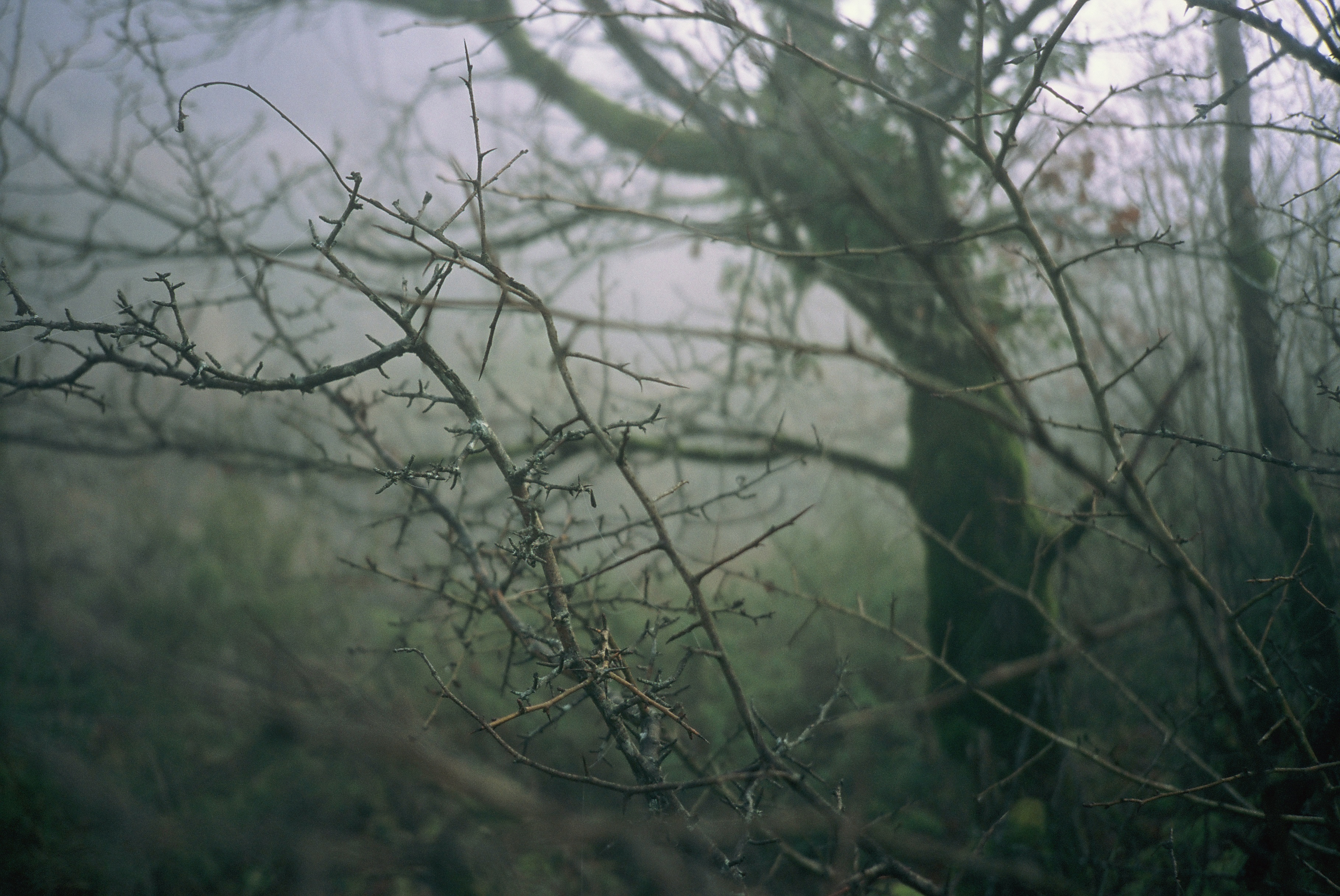Free Press
Elein Fleiss
An island

It’s been one month since I returned from Japan. For the first two weeks I was sick and depressed. Then I recovered as the fall colors finally appeared in the landscape. It was a late start.
In my tiny garden there was still a red rosebud even though it was getting colder. I decided to cut it and put it in a vase. A few hours later, it was wide open.
I always miss Japan but I never miss Paris. It has been sixteen years since I left.
When I was young I loved Paris, its architecture, its atmosphere. When I became an adult and left my parents’ house, I got to know new neighborhoods and was passionate about discovering new streets, wandering in the city. That’s when I discovered I felt better on the left bank of the Seine river. I grew up on the right bank but the first apartment where I lived alone and where I founded Purple with Olivier, was on the left bank. The second as well, in Chinatown (13th district). My last address in Paris was on the right bank but very close to the river. I was often crossing the Seine, which gave me a sense of relief or well being. I was attracted to the south of Paris and, when going for a walk, I remember thinking I should try to go in another direction for a change. But just as I would start to walk away from my building, I would have this strong desire to cross the Seine. It was like a magnetic attraction.
Now I live 620 kilometers south of Paris, exactly in the direction that was attracting me when I was drifting through the streets. I am still surprised that I left Paris and that I live in a village. Nobody, including myself, could have imagined it. And I never had regrets. This past November, when I was in Japan, I didn’t feel like going back to France, or Europe in general, but I was thinking of my village as an island. France is becoming more and more unpleasant. So is the world in general. We’re surrounded by raging seas, but there are still some islands. I’m also grateful that I don’t live on a deserted island, that I have lots of friends, and that my island is surrounded by beautiful landscapes.
Over the last few days, it has been raining with lots of wind. Leaves were flying all over. Most of the trees became naked, showing their beautiful branches, except for pubescent oaks which keep their dry golden-brown leaves on all winter, shaking in the wind and glowing when it’s sunny. Pubescent oaks are the last trees to lose their leaves when spring comes and the new green leaves grow. I live in a land with lots of oaks. They punctuate the grey winter landscape with golden spots, along with the dark evergreen bushes and the ivy climbing on trees that becomes more visible in winter.
Elein Fleiss
December 11th, 2024
Photography by Elein Fleiss


 Facebook
Facebook Twitter
Twitter